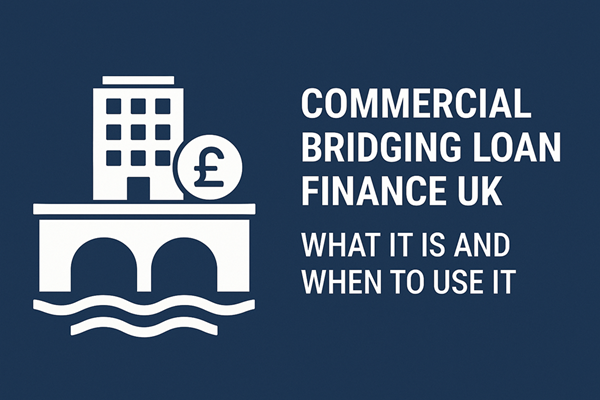Building a Stronger Future: Asset Finance Strategies for Success
For businesses looking to grow, innovate, or overcome challenges, access to reliable financing is crucial. Asset finance is a powerful tool that allows businesses to use their tangible assets to secure funding.
Understanding Asset Finance
Asset finance, also known as asset-based lending, uses a company’s physical assets—like machinery, equipment, inventory, property, and accounts receivable—as collateral to obtain loans or credit. The value and quality of these assets determine the amount of funding a business can receive, helping it grow and stay sustainable.

The Benefits of Asset Finance
Improved Cash Flow: Asset finance converts your assets into cash, making it easier to manage your financial obligations, invest in new opportunities, and grow your business without interrupting daily operations.
Flexible Financing: Asset finance is more accessible than traditional bank loans, especially for start-ups and small businesses with valuable assets but limited credit history.
Lower Risk: Since the loan is backed by tangible collateral, lenders face less risk. This often results in better interest rates and more favourable loan terms for borrowers.
Support for Growth and Innovation: Asset finance can fund business expansion and investments in research and development, helping you stay competitive.
Seasonal Support: If your business experiences seasonal fluctuations, asset finance can provide the necessary funds to maintain operations during slower periods.
Asset Finance Strategies for Success
1. Evaluate Your Assets: Before seeking asset finance, thoroughly assess the value, market demand, and potential depreciation of your assets. This helps ensure you get the maximum funding without over-leveraging your collateral.
2. Understand the Costs: While asset finance is attractive, it’s important to consider all costs involved, including interest rates, fees, and repayment terms.

3. Align Financing with Your Goals: Your asset finance strategy should support your long-term goals, whether it’s expanding market share, investing in new technology, or launching new products.
4. Build Strong Relationships with Lenders: Establishing solid relationships with lenders can help you secure better financing terms and open doors to future funding opportunities.
5. Manage Your Assets Wisely: Regular maintenance and upgrades of your assets can maintain or even increase their value, providing more opportunities for future financing.
By applying these strategies, businesses can effectively navigate asset finance and build a stronger, more prosperous future.






